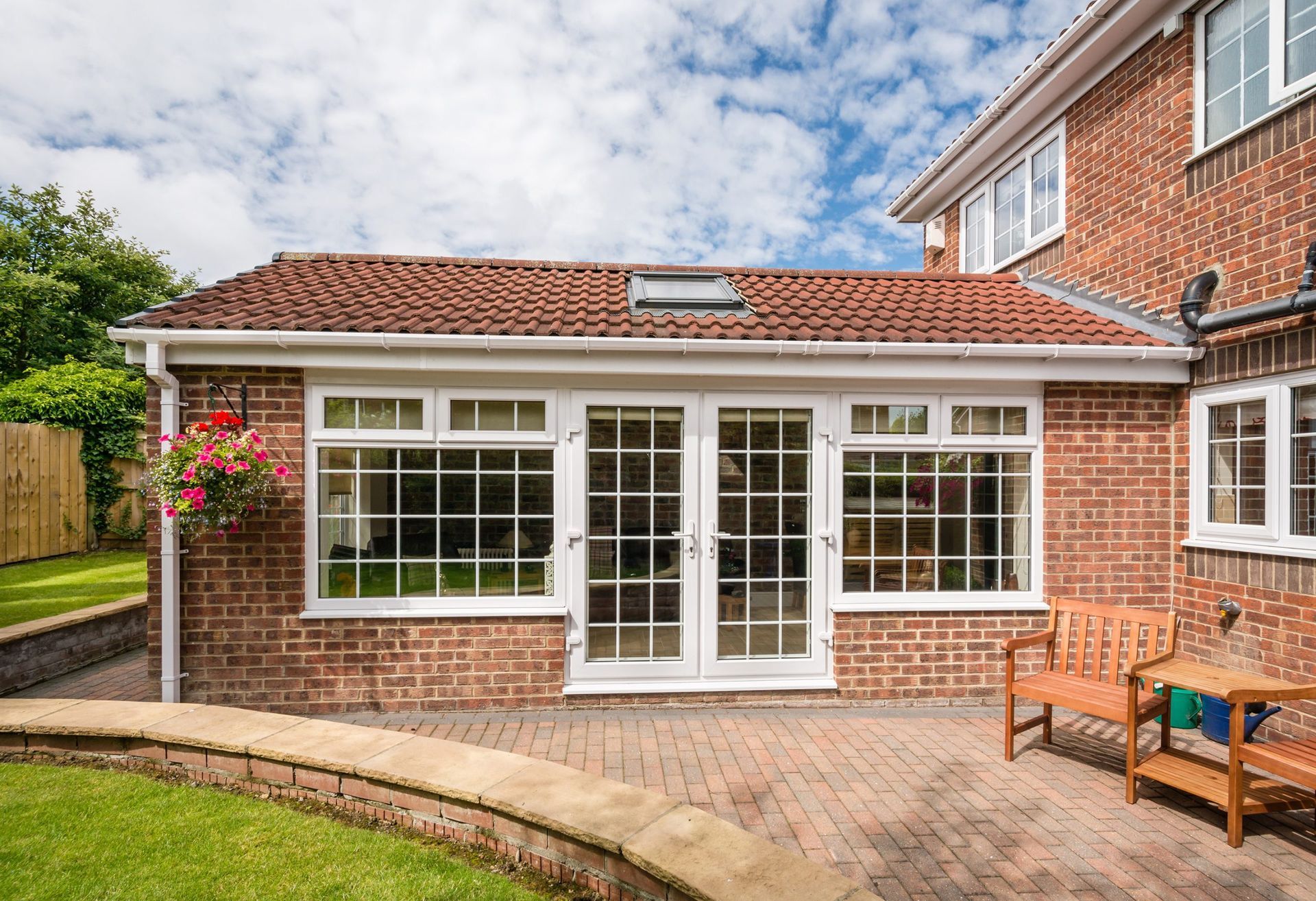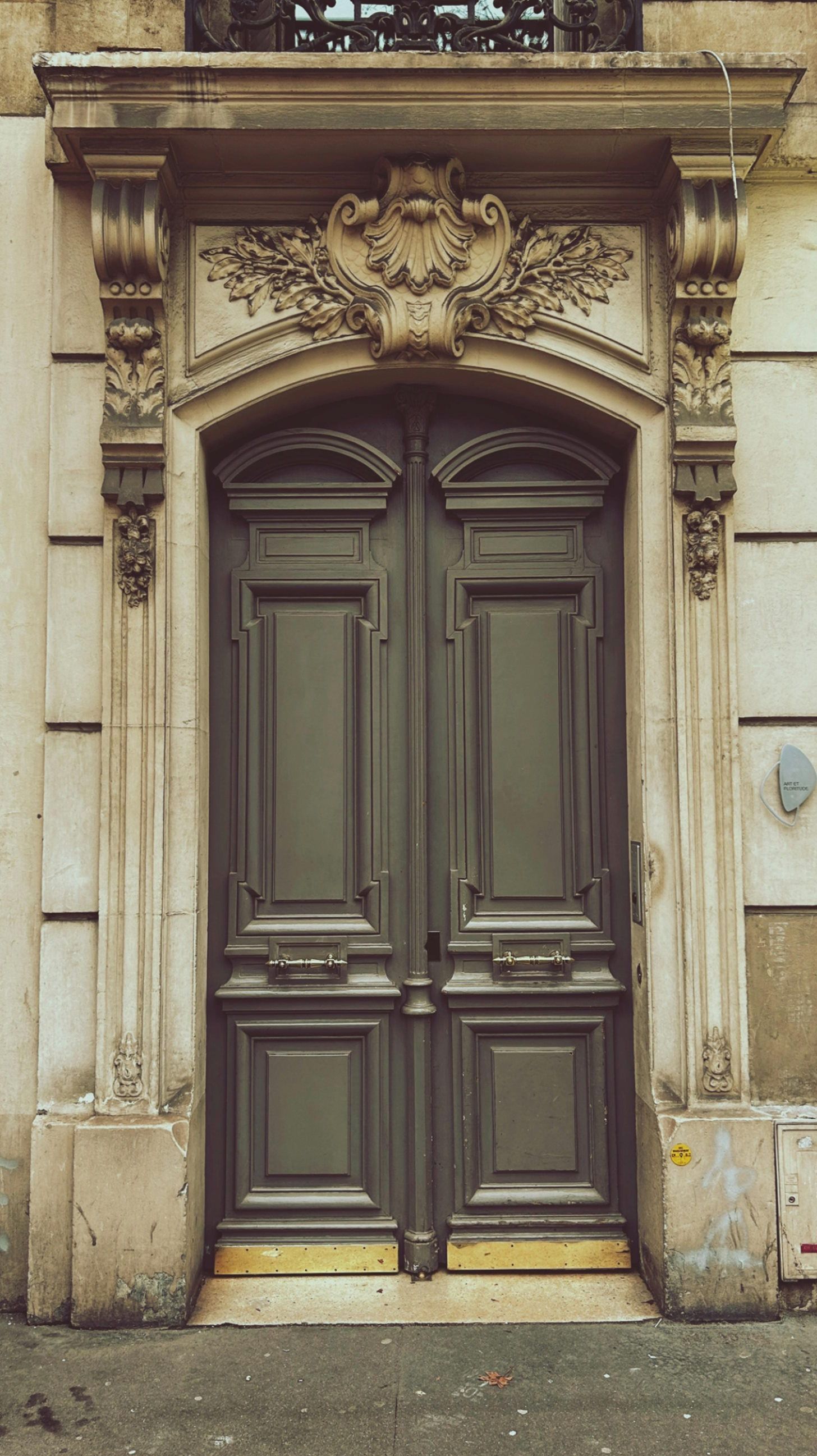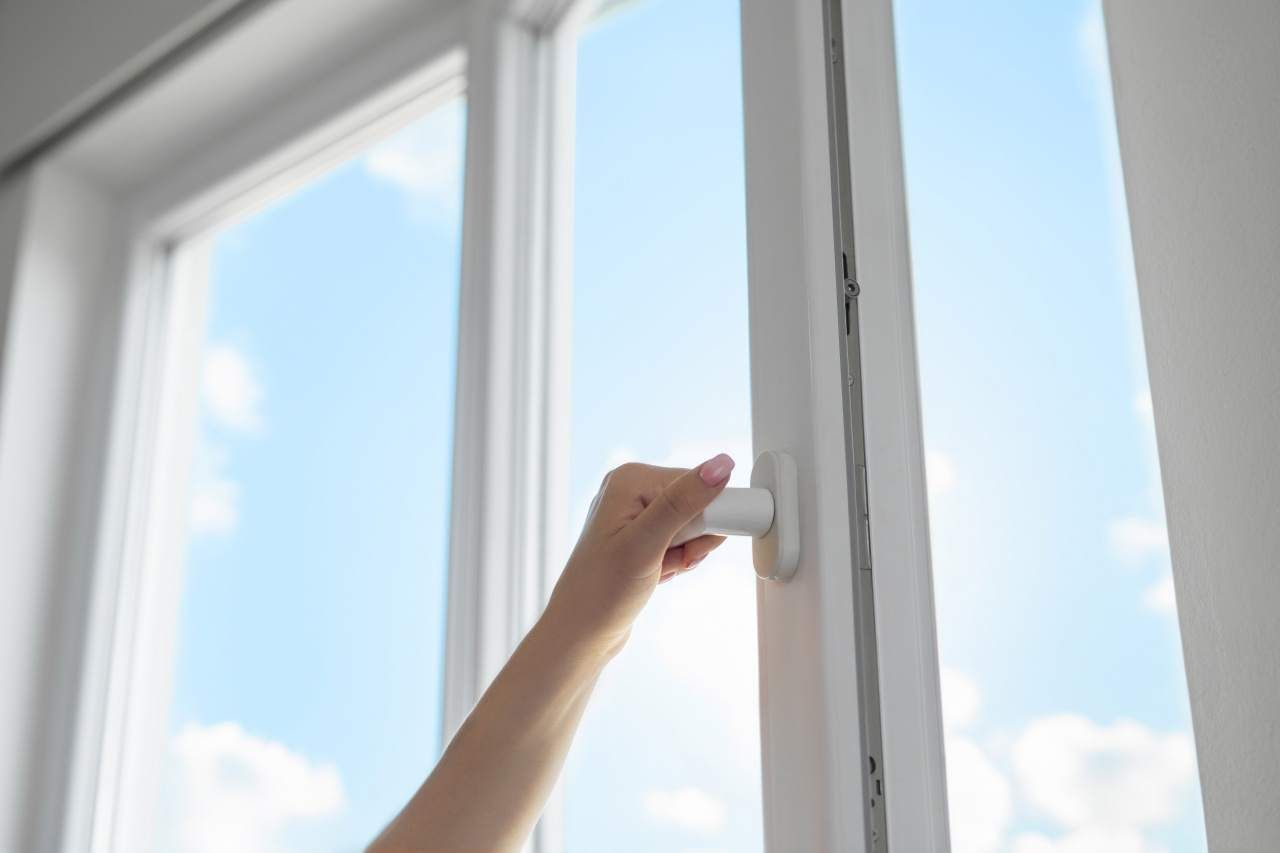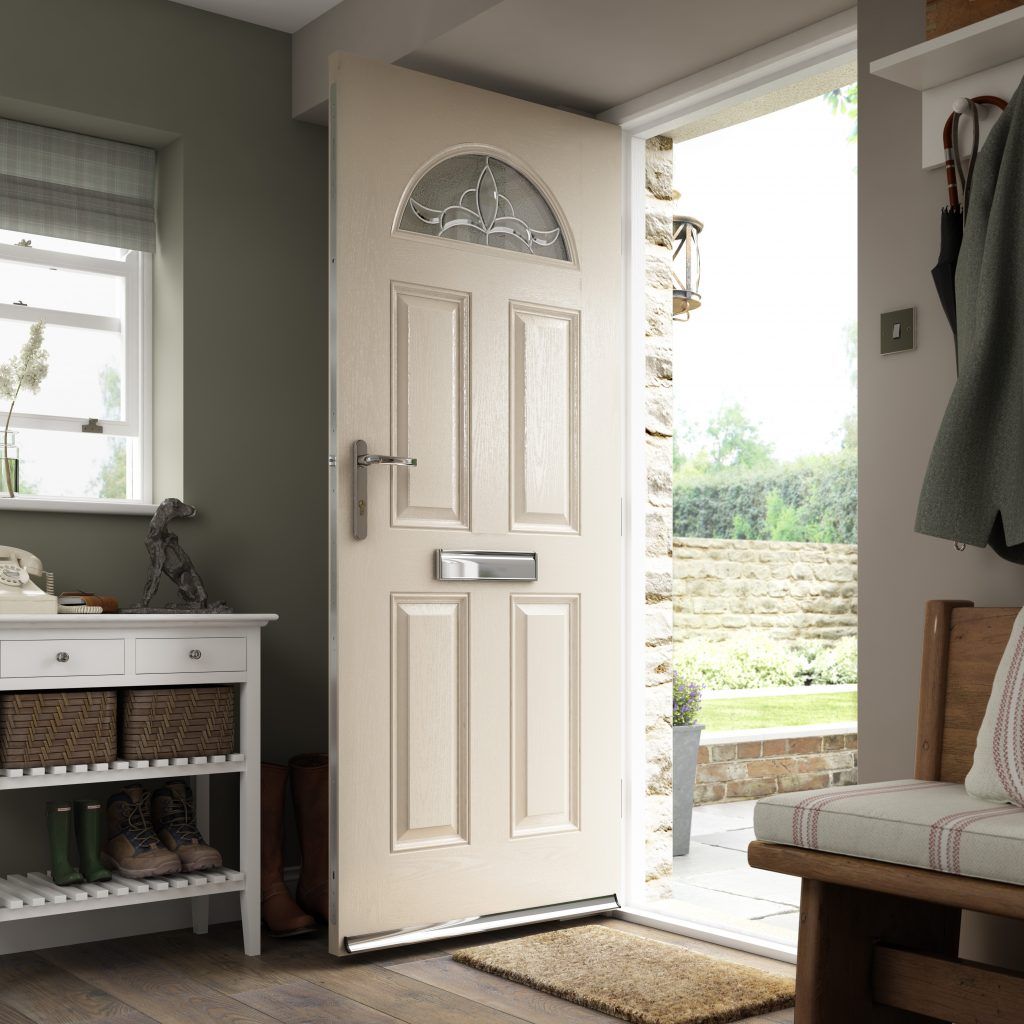A Brief History of Stained Glass
When most people think of stained glass, they probably conjure images of intricate and colourful windows in churches and cathedrals, but it can be used anywhere you like to add a decorative touch to a building. Stained glass pictures or designs are made using a metal framework (usually lead), to make the outline, which is then filled in using coloured pieces of glass. The practice of using stained glass to create pictures or tell a story has been around for centuries, and many elaborate windows are still standing today. From the Romans to modern stained glass sculptures and windows, see below for our brief guide to the history of stained glass.
Stained glass has been used for thousands of years, beginning with the Ancient Romans and Egyptians, who produced small objects made from coloured glass. Stained glass windows in Britain can be traced back to the 7th century, with some early examples found in churches and monasteries.
Stained glass exploded in popularity during the middle ages, and by the 12th century, the practice had become much more sophisticated. Chartres in France became the leading stained glass manufacturer, and the materials they produced were of extremely high quality. Chartres Cathedral contains one of the oldest examples of a rose stained glass window; a circular type of window featuring intricate coloured glass designs.
Stained glass continued to be very popular throughout Europe, and the style moved away from the Gothic of the middle ages into something more classical. During the Reformation, however, many stained glass windows were smashed and replaced with plain glass. This destruction meant that many traditional stained glass methods were forgotten, and were not rediscovered until the 19th century.
The 19th century saw a renewed interest in medieval churches, and more churches were built in the Gothic style; including elaborate stained glass windows depicting scenes from the Bible and other religious images. Buildings across Europe were also restored, and a trend emerged for stained glass designs copied directly from famous oil paintings.
The 20th century saw the development of new stained glass techniques, including Gemmail, a method developed by French artist Jean Crotti which overlaps pieces of stained glass without using lead. Designs also moved away from the predominantly religious, to more abstract, as seen in the distinctive blue, green, white and brown glass of the Cathedral of Brasília in Brazil.
You might not have space for a cathedral-sized stained glass window in your home, but if you’re looking for high-quality glazing in Chesterfield, get in touch with Grassmoor Glass. We provide a wide range of glass products and services, including windows, doors, conservatories and glazing repairs. For more information or to discuss your glazing requirements, give us a call today or visit our website.
















